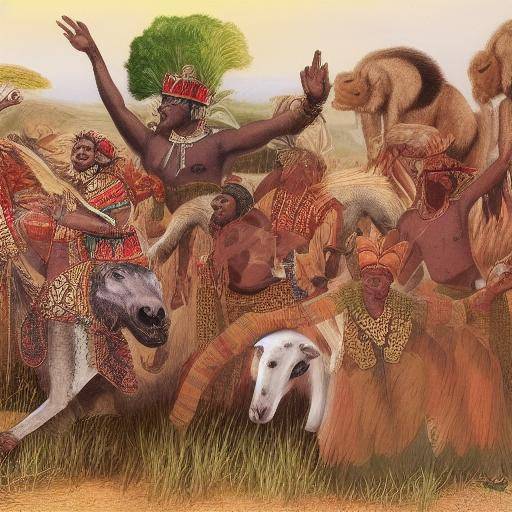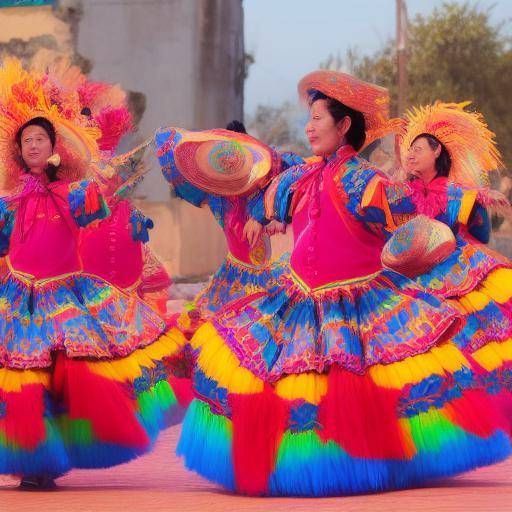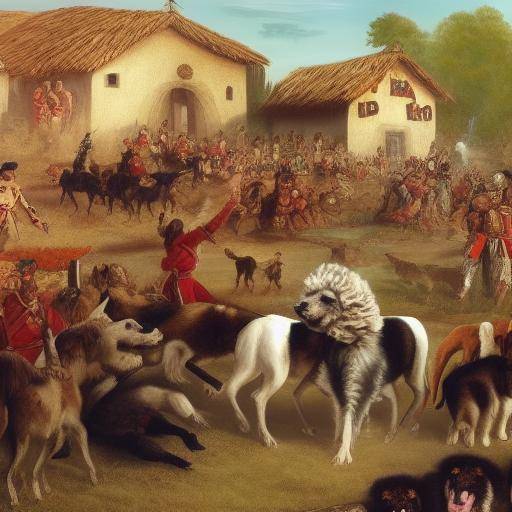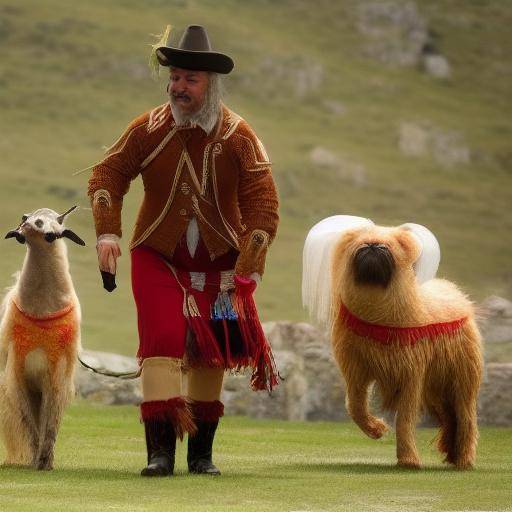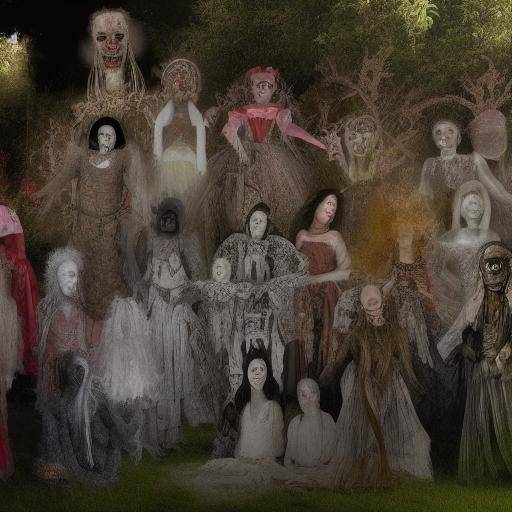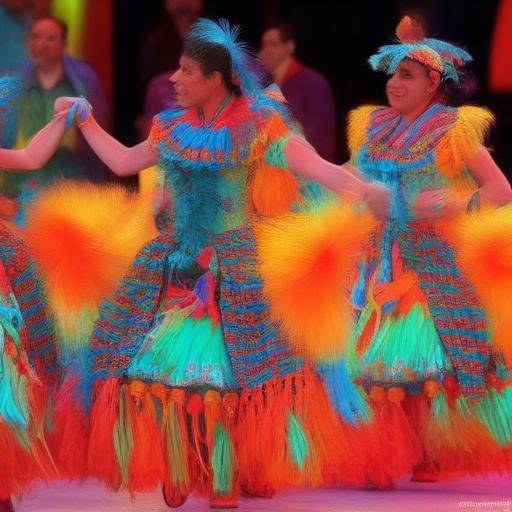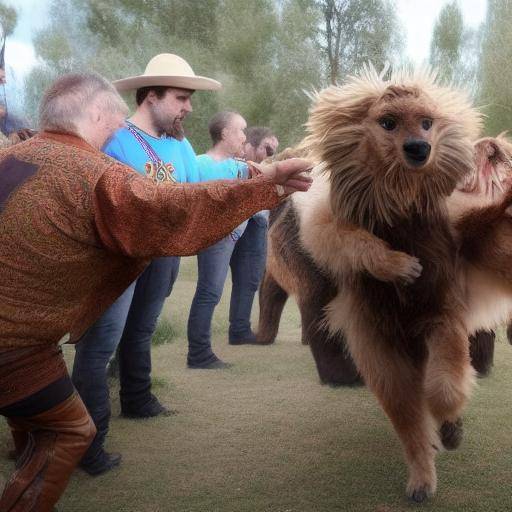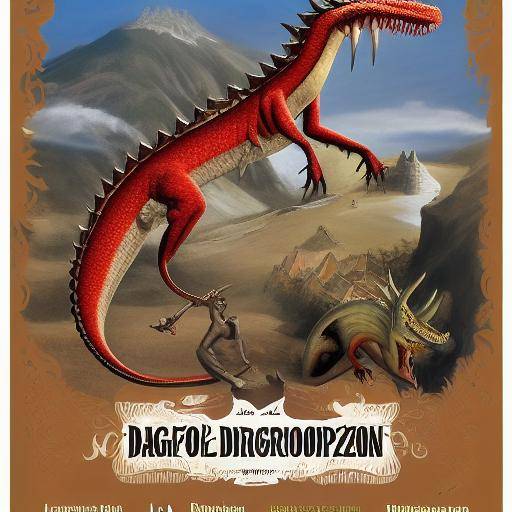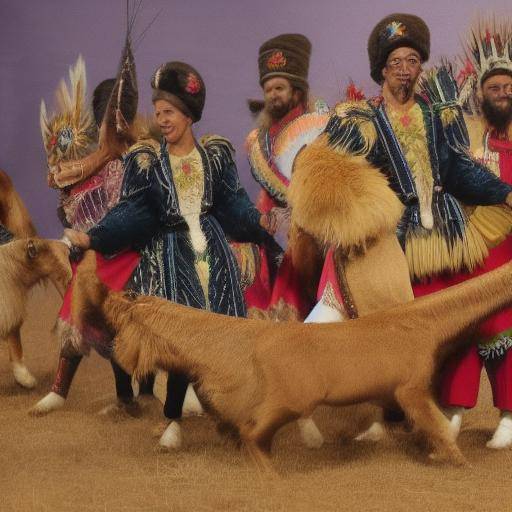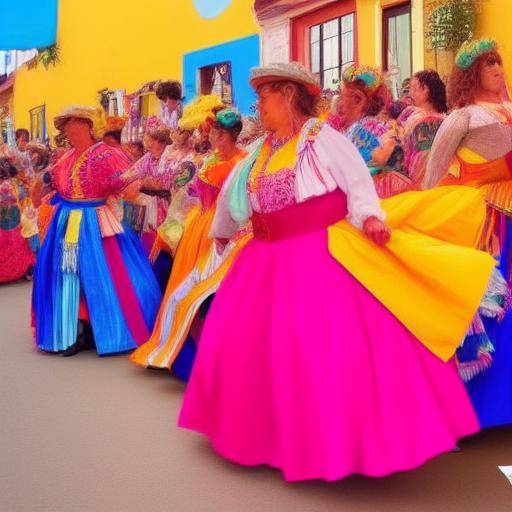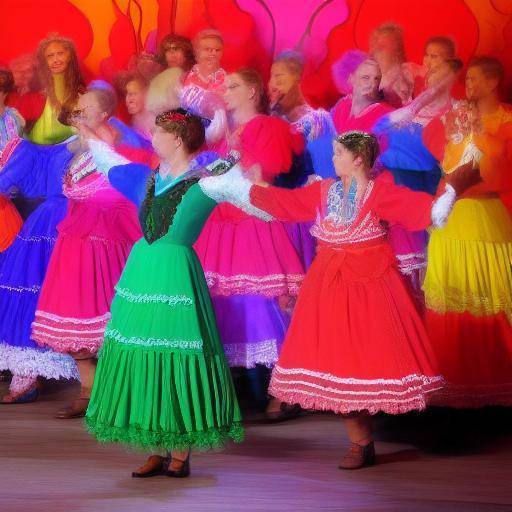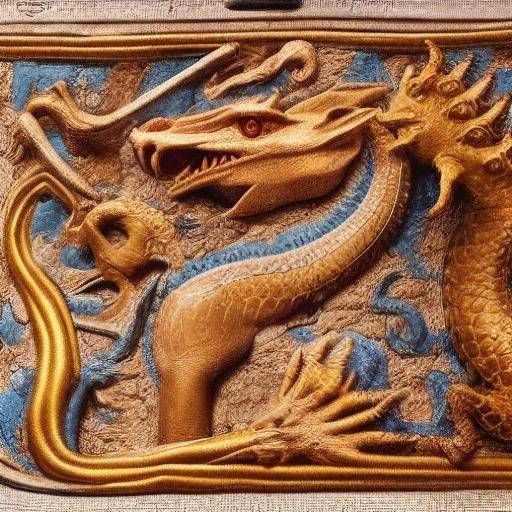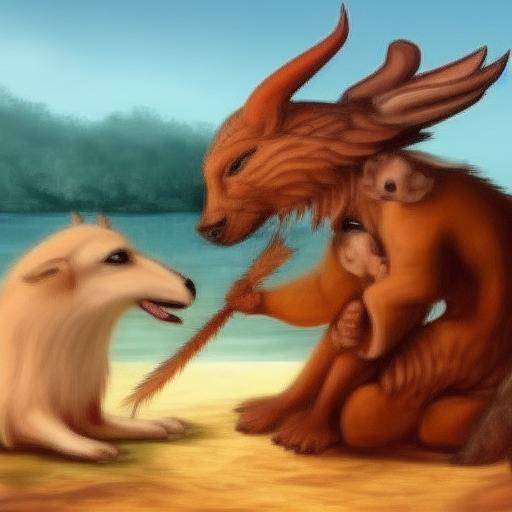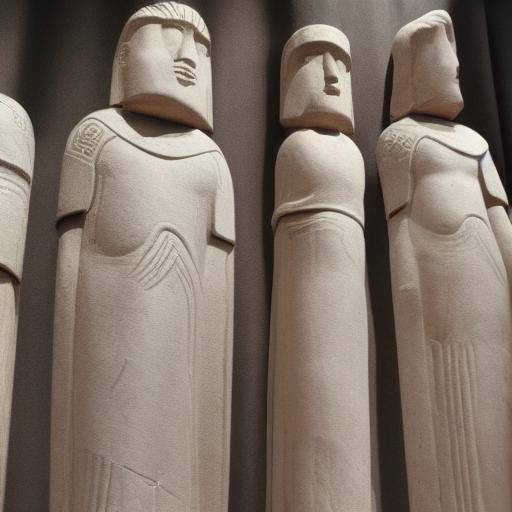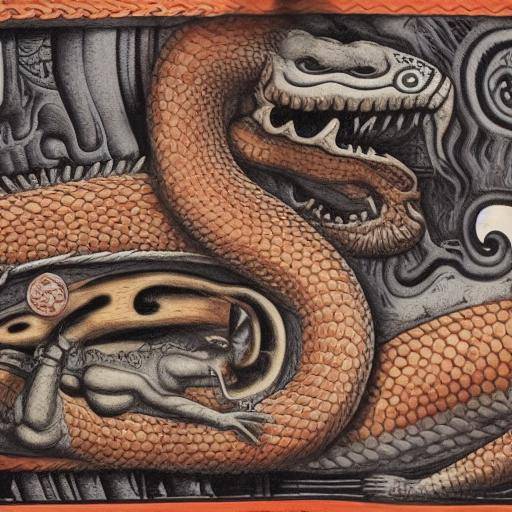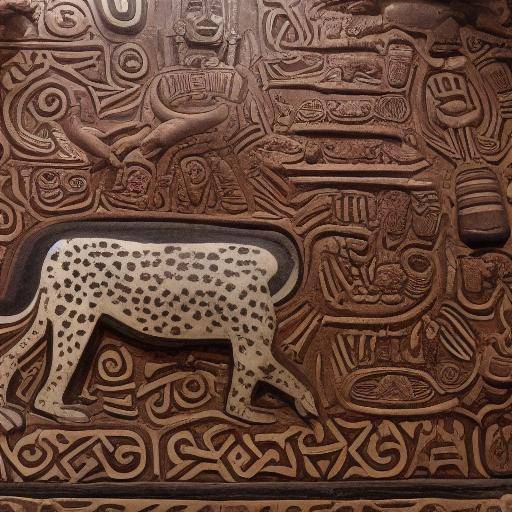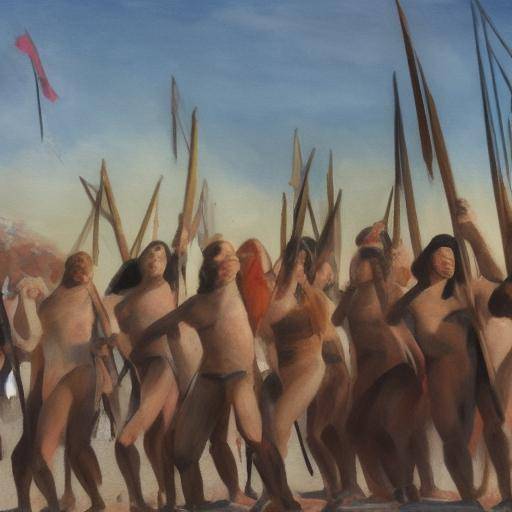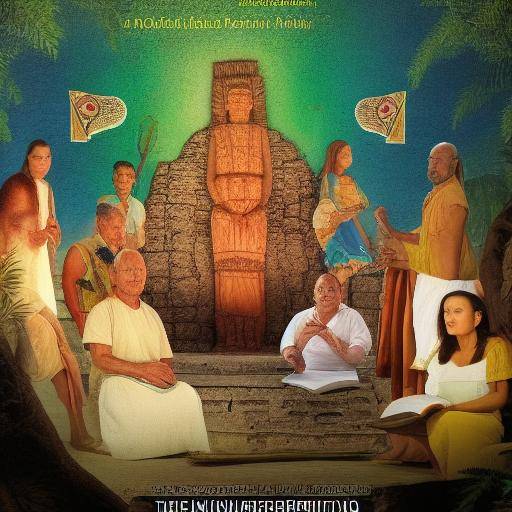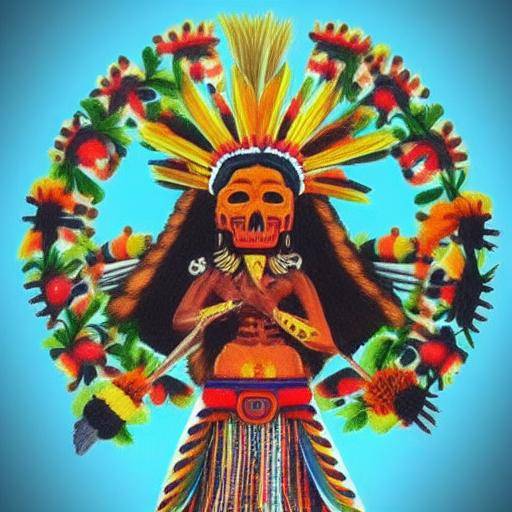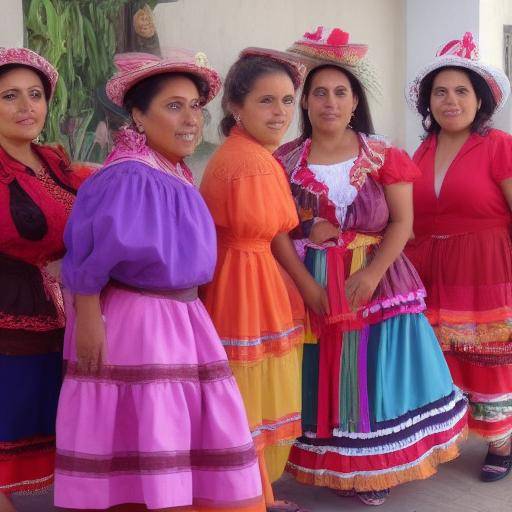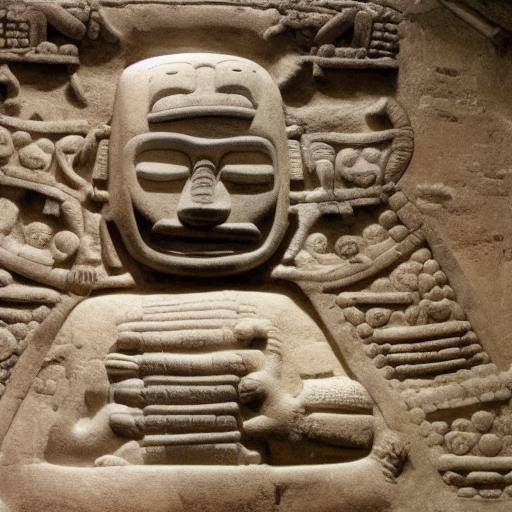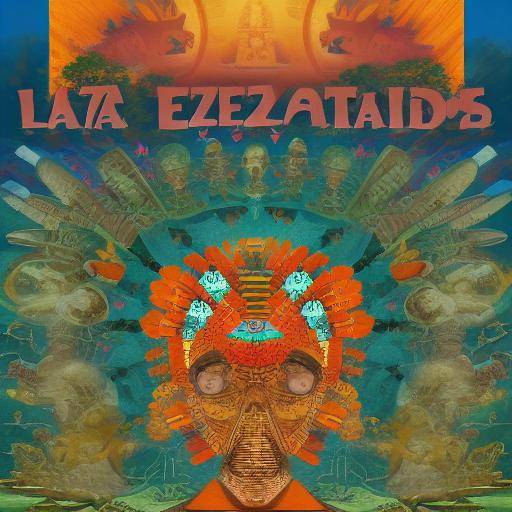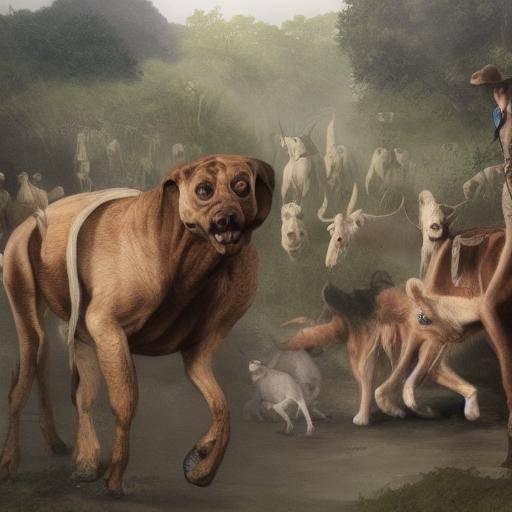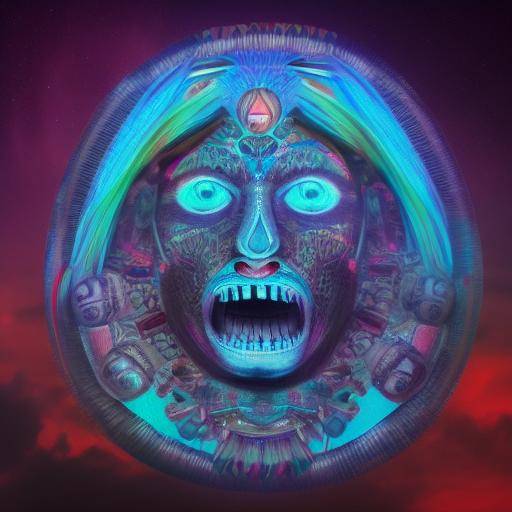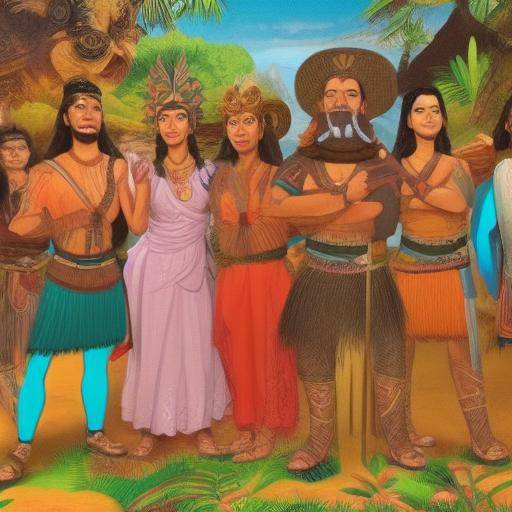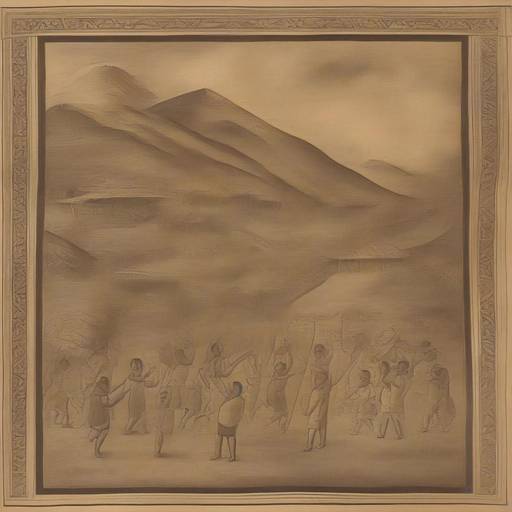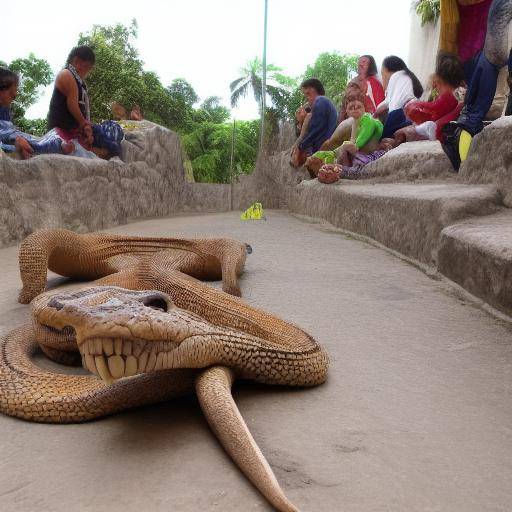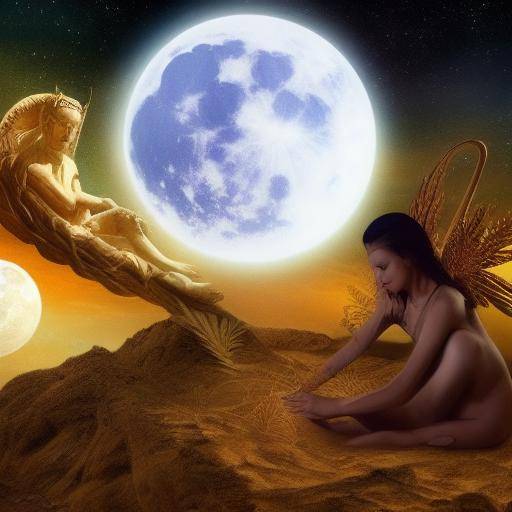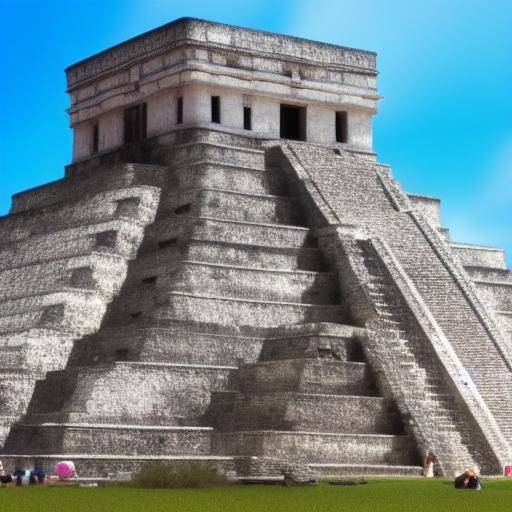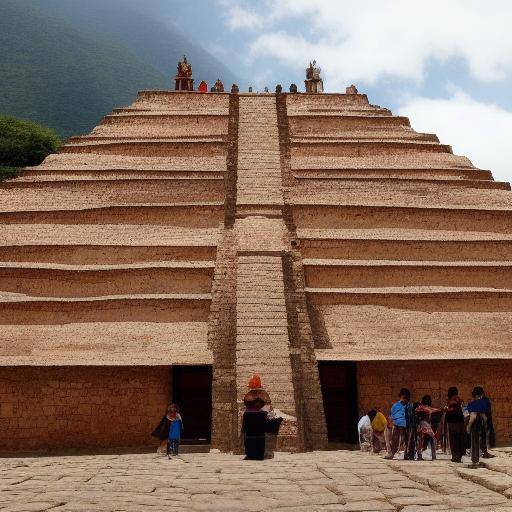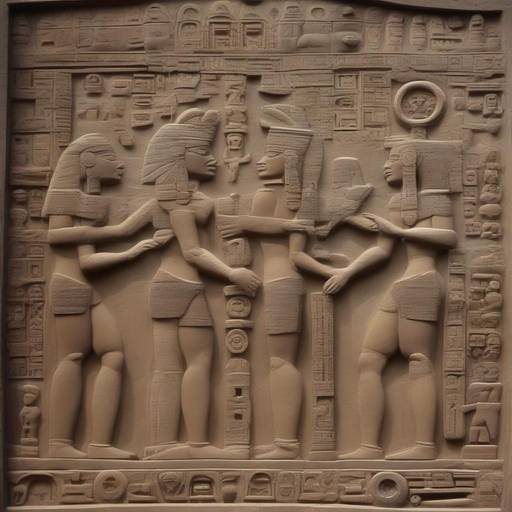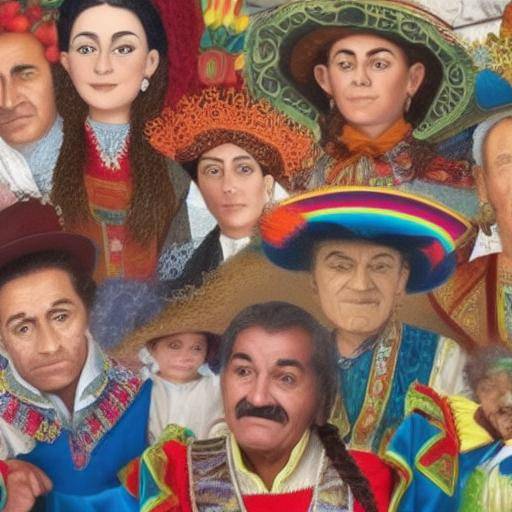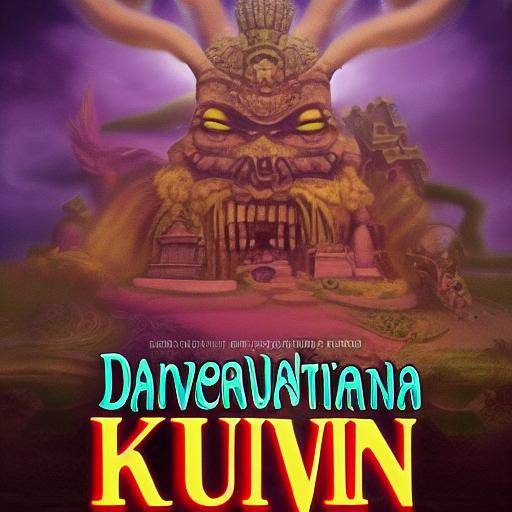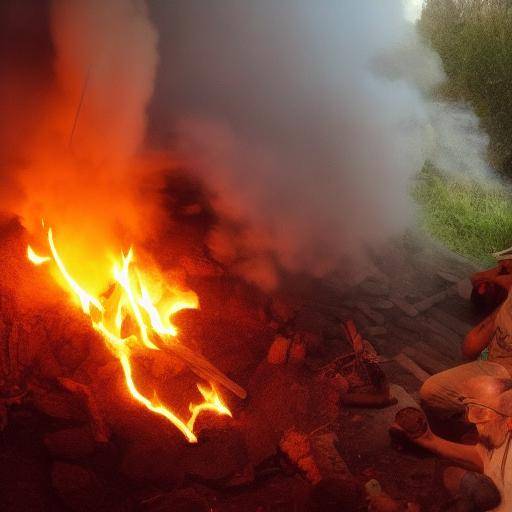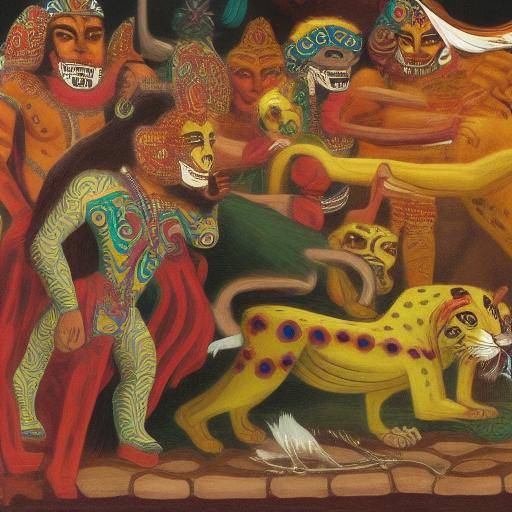
Introduction
The jaguar, a powerful and mystical symbol in pre-Columbian mythology, has captured the imagination of ancient cultures in Latin America. In this article, we will explore the fascinating relationship between jaguar, pre-Columbian myths and associated symbolism. We will discover its importance in the cosmogony, its implications in the daily life of these cultures and their relevance today. Join us on this journey through ancient mythology to understand the legacy of the majestic jaguar.
History and Background
The jaguar, known as a symbol of strength, cunning and spirituality, occupied a central place in the beliefs of civilizations such as Mayas, Aztecs and other pre-Columbian cultures. His imposing and mysterious figure aroused awe and respect, being represented in art, ceremonies and mythical narratives. Over the centuries, the jaguar became a link between the earthly and the spiritual world, symbolizing duality and transformation.
The jaguar, as the largest and most powerful feline in America, was associated with divinity and royalty in the beliefs of these ancient cultures. His presence in mythological narratives reflects the vision of a world governed by supernatural forces and the connection between human beings and nature. The reverence towards the jaguar is manifested in iconography, with representations in temples, ceramics and ornaments, demonstrating its sacred meaning.
Deep analysis
The presence of jaguar in pre-Columbian myths transcends the merely spiritual, influencing the social structure and ceremonial practices of these civilizations. As a supreme predator in its habitat, the jaguar is associated with the protection, leadership and warrior might. This interpretation is reflected in the rituals of the warriors, who sought to adopt the courage and indomitable spirit of jaguar in battle.
Pre-Columbian cosmovision related to jaguar with the underworld and fertility, giving it a crucial role in sowing and harvesting ceremonies. The duality of its nature, as a predator and symbol of fruitfulness, projects a complex interpretation of the forces of life and death in the conception of the universe of these ancient cultures.
Comprehensive review
The relevance of jaguar in pre-Columbian myths persists today, influencing the cultural identity and folklore of indigenous communities. The representations of the jaguar in dances, crafts and stories convey the continuity of his legacy as an emblematic icon. The rooting of the jaguar in the collective consciousness of various regions of Latin America demonstrates its cultural significance over the centuries.
In the symbolic sphere, the figure of the jaguar continues to inspire contemporary art, literature and environmental awareness. Its powerful and enigmatic image remains an emblem of courage, cunning and connection with nature. The survival of the symbolism of jaguar demonstrates its ability to transcend time and preserve its meaning in modern contexts.
Comparative analysis
The relationship between jaguar, pre-Columbian myths and symbolism is intertwined significantly, revealing the wealth and depth of their connotations in different cultural contexts. The contemporary reinterpretation of these connections offers new perspectives on the validity of the legacy of jaguar in a constantly evolving society.
The comparison between the representations of jaguar in different pre-Columbian cosmogonies reveals a diversity of approaches, reflecting the multiplicity of meanings associated with this majestic feline. The mythological narratives present regional variations that enrich our understanding of the complexity of the beliefs and practices of these ancient civilizations.
Practical Tips and Accessible Recommendations
For those interested in exploring more deeply the fascinating world of jaguar in pre-Columbian mythology, it is recommended to visit archaeological and ethnographic museums that exhibit art and art related to this subject. In addition, participating in cultural festivals and events organized by indigenous communities can provide an immersion in the cosmovision and traditions linked to jaguar.
Industry Information and Expert Reviews
Anthropological and ethnographic studies provide valuable research on the role of jaguar in pre-Columbian mythology, as well as the current reinterpretation of his symbolism. Recognized experts in material such as anthropologist Carlos Castaneda and archaeologist Linda Susan Bonte have made significant contributions that enrich our understanding of this topic.
Case Studies and Real Life Applications
At present, we find concrete examples of how the symbolism of jaguar remains rooted in cultural practices and conservation interventions in indigenous communities. Collaborative projects that integrate the protection of jaguar with sustainable development and the promotion of cultural identity demonstrate the transformative potential of these ancestral beliefs in a contemporary context.
Future Trends and Predictions
The growing interest in the preservation of indigenous culture and biodiversity promotes greater recognition and appreciation of the legacy of jaguar in pre-Columbian mythology. The intersection between the conservation of the jaguar habitat and respect for indigenous cultural traditions poses a promising scenario for the preservation of this unique heritage.
Conclusions and FAQs
Conclusions
Jaguar in pre-Columbian mythology is revealed as a deeply rooted symbol in Latin American cultural diversity and worldview. Its historical significance and relevance today illustrate the persistent influence of ancestral beliefs in the configuration of identities and the understanding of the natural world. The omnipresence of jaguar in mythical narratives reflects its lasting legacy as an icon of power, mystery and spiritual connection.
Frequently asked questions
What is the meaning of jaguar in pre-Columbian mythology?
Jaguar was considered a symbol of strength, power and spiritual connection in pre-Columbian mythology. It represented the duality between the spiritual and earthly world, influencing both religious practices and the social structure of these cultures.
What artistic manifestations were the presence of jaguar?
The jaguar was represented in ceramic artifacts, sculptures, engravings and architectural decorations. Its imposing and enigmatic image was a recurring motive in pre-Columbian iconography.
How was the role of jaguar in pre-Columbian ceremonies and rituals?
The jaguar was associated with protection, fertility and leadership in pre-Columbian ceremonies. In addition, it was a central figure in the warrior rituals, symbolizing courage and strength in the battlefield.
Why is jaguar considered a symbol of duality?
Jaguar was perceived as a being that inhabited both the earthly and the spiritual world, representing the duality of life and death, as well as fertility and hunting in the cosmogenic vision of pre-Columbian cultures.
What impact does the symbolism of jaguar have today?
The symbolism of jaguar continues to inspire art, cultural identity and conservation practices in Latin America. Its lasting presence in collective consciousness reflects its relevance in contemporary society.
How has the perception of jaguar evolved in contemporary culture?
In contemporary culture, jaguar has become a mythological figure to be an emblem of the conservation of biodiversity and cultural heritage. His image remains alive in festivals, works of art and conservation efforts, demonstrating its continued influence today.
Conclusion Jaguar in pre-Columbian mythology transcends time and remains an inexhaustible source of inspiration, reflection and connection with nature. Its legacy endures as a testimony to the cultural and symbolic richness of pre-Columbian civilizations, enriching our understanding of the ancestral world and the relevance of its teachings today.


